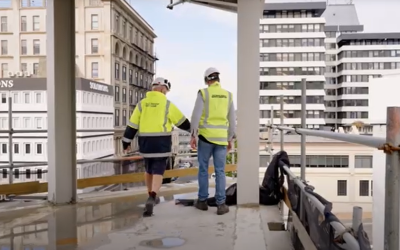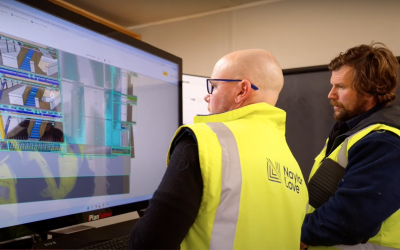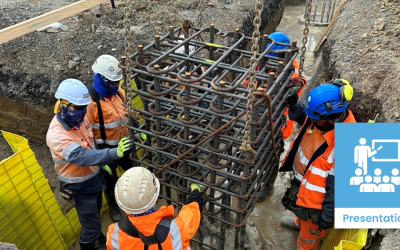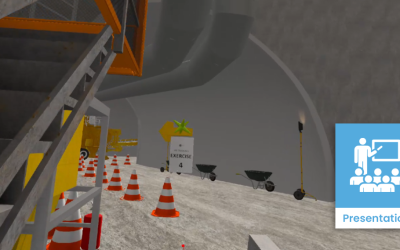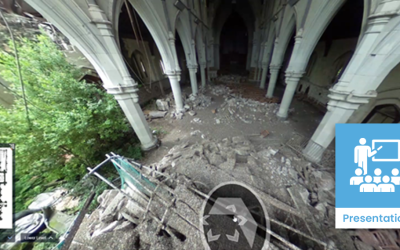Welcome to the
BIMSafe NZ Web Portal
This portal provides guidance articles and case studies for the integration of health and safety into BIM models for the construction industry in New Zealand.
This resource is continuously evolving, and we encourage you to contribute your expertise and experience. Your insights can help shape and expand this valuable knowledge base for the benefit of the entire New Zealand construction community.
Select your role
Find out how BIMSafe can work for you.
BIMSafe can be used by all stakeholders in the construction process, whether in procurement, design, construction, or facilities management. By selecting your specific role, you can view resources targeted to different health and safety tasks and BIM applications.
Guidance articles
Case studies
ACC Ōtepoti: Using BIM to test façade installation options
On the ACC Ōtepoti project, the construction team is using the BIM model to support visualisation, planning and communication, and to improve health and safety processes during the façade installation. When challenges arise, team members can use the model to visualise the problem and share information with others, and test possible solutions. Communication and collaboration are facilitated, making it easier to plan safe construction methodologies to mitigate hazards, with clear benefits for improved health and safety management.
ACC Ōtepoti: Contractor use of BIM for communication
Dunedin Hospital Outpatients Building: Drilling with the Hilti semi-autonomous robot
Steel and Tube: A new resource for health and safety
Steel & Tube, a reinforcing steel fabricator in New Zealand, has successfully adopted BIM technology to streamline their processes, enhance product delivery, and improve health and safety outcomes. Using 3D modelling software like Tekla Structures, they can create detailed visualisations of complex structures, plan sections of work for prefabrication, and share models with clients and on-site teams. This approach has resulted in substantial reductions in errors, increased efficiency, and the creation of safer working environments for project stakeholders.
City Rail Link: BIM for safety on Auckland’s City Rail Link project
On the City Rail Link project in Auckland, New Zealand, the project team has utilised BIM in various ways to improve safety planning, design coordination, and worker training. Using 3D models, point cloud data, virtual reality, and on-site digital tools, the team has been able to identify and mitigate potential safety hazards, standardise tunnel signage, provide immersive training experiences for workers, and enhance driver awareness. The approaches used on this large-scale, complex project can be adapted and applied to projects of any size, demonstrating the versatility and value of BIM in promoting safety in construction.
Naylor Love: Health and safety manager’s perspective on BIM
Jen Dransfield, a Health and Safety Advisor at Naylor Love, shares her perspective on how BIM can be used to enhance safety outcomes for workers on construction sites. By using BIM to provide “environmental feedback” and enable collaboration between different parties, the project team has been able to identify and mitigate risks, particularly for challenging projects like the Christchurch Cathedral Reinstatement and the Tower 3 build. Jen’s experience demonstrates the potential of BIM as a powerful tool for improving health and safety on the ground in construction.
BIMSafe NZ is a three-year, $1.7m collaboration between the building industry and government
Our aim is to reduce accident and injury rates in New Zealand through greater understanding, communication and mitigation of risk.

